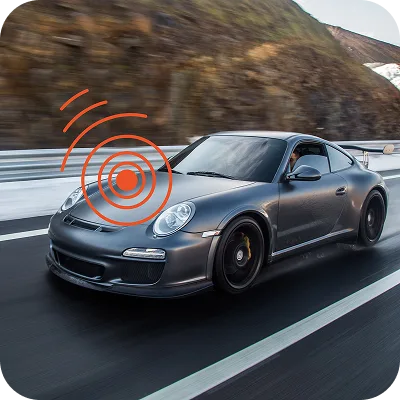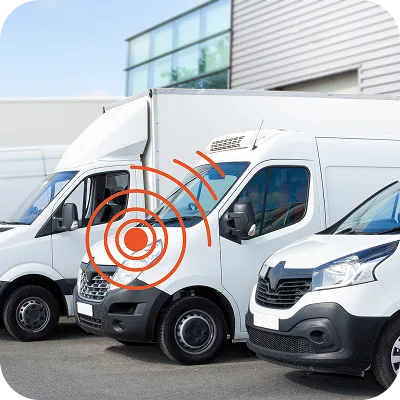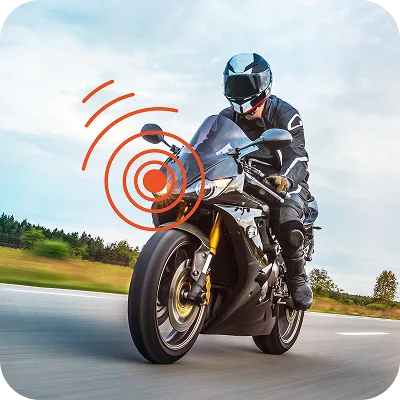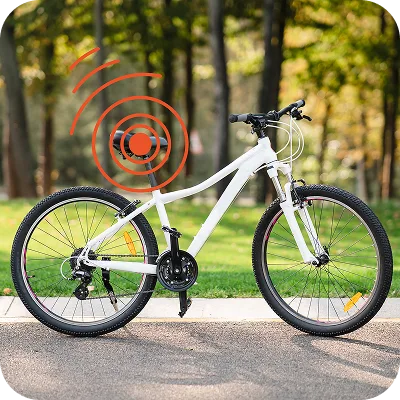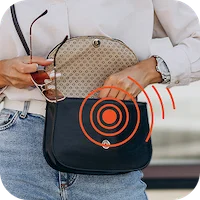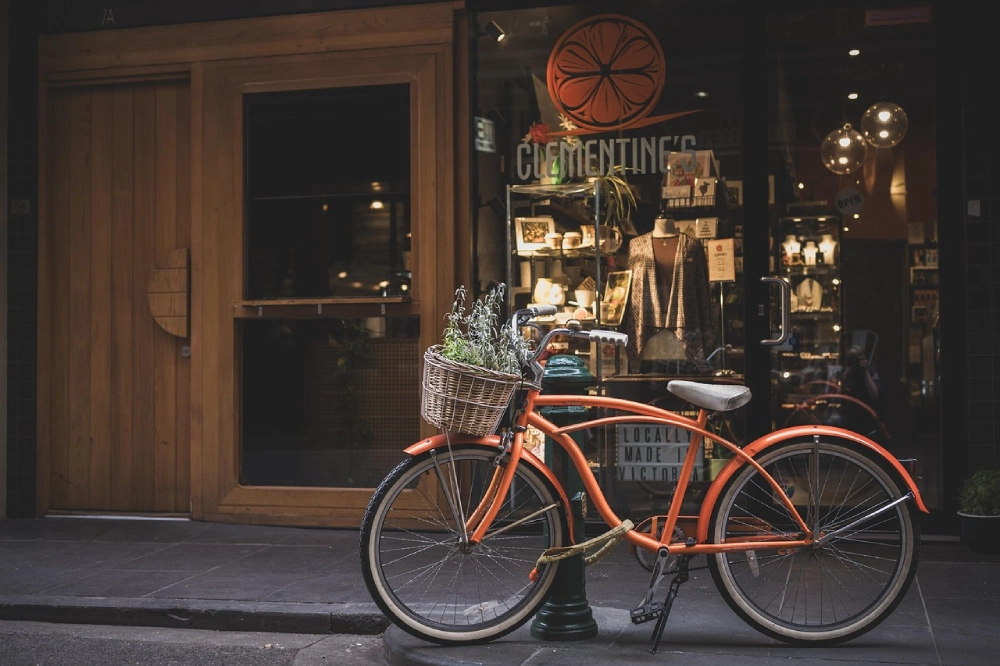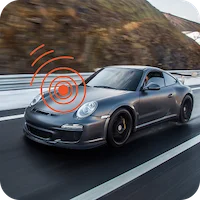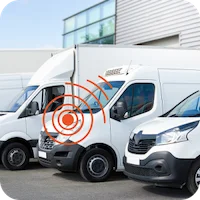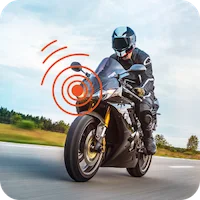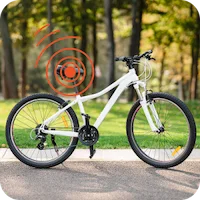Parking in the City? How to Outsmart Pinch-and-Run Bike Thieves
City cycling has its perks. You get to skip traffic jams and long waits at bus stops. You dodge the crush of a packed train carriage. The problem comes when the ride ends and riders leave the bike behind. Every cyclist has worried about locking up for a quick errand and returning to find nothing there. Theft happens fast. It happens often.
We’ve spoken with cyclists who had their bikes stolen in broad daylight. Thieves look for opportunities like cheap locks or quiet corners. Once they make a move, the bike is gone within seconds. That’s why habits, reliable gear, and tech like a Bike GPS Tracker matter so much. They shift the odds back in your favour.
Why Bike Theft Hits City Riders Hard
Thieves love cities. Streets are crowded, racks are full, and most people don’t stop to question someone fiddling with a bike. In a few seconds, a thief can cut through a cable lock and disappear into traffic.
The numbers are no joke. Police forces across the UK report thousands of stolen bikes each year, and that’s only the cases that get logged. Plenty of riders never bother reporting because they know recovering a stolen bike is unlikely. If you use your bike daily, losing it means more than money. It disrupts your whole routine. Work, school runs, or even that weekend spin with friends takes a hit.
How City Thieves Work
Understanding their tricks helps cyclists stay ahead.
Some use simple bolt cutters tucked under a jacket. Others look for bikes locked only by the front wheel and lift the rest away. A few wait near busy racks at stations, knowing commuters leave bikes for predictable hours. Crowds actually help them blend in.
The bottom line: thieves want speed. They choose bikes that take seconds to grab. If you make their job longer or harder, they often move on.
Parking Habits
Where you park up your bike matters just as much as how you lock it. Thieves will generally avoid bright and busy areas. They want corners, alleys, or racks where no one’s watching.
Look for lighting and foot traffic. A spot near a shop entrance or CCTV camera beats a dark side street every time. Always lock to a fixed, solid point, something bolted to the ground. Don’t trust signposts or rails that can be lifted out.
And don’t fall into a routine. Using the same rack at the same time every day gives thieves a timetable. Mix it up.
Locks That Actually Work
Not all locks are worth the money. Thin cables? Thieves cut them in seconds. For city use, you need a D-lock or a heavy chain. Both take time and effort to break, which is the whole point.
Lock the frame and both wheels to the rack. Securing just the wheel means you might come back to find it still there but the rest of your bike gone. Fill as much space inside the lock as possible so it’s harder to get tools in.
Yes, a good lock costs more. But replacing a stolen bike costs far more.
Adding Tech to Your Defence
Locks help, but once a bike is gone, you’re stuck. That’s where tech comes in. A Bike GPS Tracker gives you live updates if your bike gets moved without you. Hide it in the frame or under a seat and it sends the location straight to your phone.
With real-time tracking, you can act fast. You know if your bike leaves the spot where you locked it. You know where it’s heading. And you have evidence that helps police do their job.
At PAJ GPS, we built the Bike GPS Tracker with this exact problem in mind. It gives live tracking, alerts when the bike moves, and secure data stored in the cloud. It’s not just prevention, it’s recovery.
A Real Example
Take a commuter in London who lost two bikes in the space of a year. Both had solid locks, but both were taken from outside a train station. After that, he installed a Bike GPS Tracker. A few months later, the tracker sent an alert during work hours. His phone showed the bike leaving the rack. Police followed the signal and recovered it the same day. He still rides that bike to work now. That’s the kind of outcome that changes everything.
Layer Your Protection
The best plan mixes prevention with recovery. You don’t rely on one tool. You stack them.
This layered approach makes your bike a far less attractive target. If someone still tries, you’re not left helpless.
- Pick visible, well-lit spots to park.
- Use a heavy lock that slows thieves down.
- Lock both wheels and the frame so nothing’s left loose.
- Add a GPS tracker and you’ll get alerts the moment your bike is moved.
Insurance and Registration
Even with good habits, theft happens. Insurance softens the blow. Most policies require a quality lock and proof of purchase. Some even reward riders who use GPS tracking. Registering your bike with a national scheme adds another safety net. If police find it, they can trace it back to you.
Think of insurance, registration, and tracking as a package. Together, they give you money back, a chance of recovery, and peace of mind.
Why a Bike GPS Tracker Is Worth It
Bikes aren’t cheap, and for many people, they’re essential transport. Losing one is more than frustrating, it hits your wallet and your routine. Investing in a GPS tracker changes the story.
Instead of hoping your lock holds, you know you’ll get an alert if something happens. Instead of relying on chance, you have data in your hands. And instead of feeling powerless, you can act. In busy cities, that difference is huge.
Ride Without the Worry
City cycling should be about freedom, not fear of theft. A strong lock and smart parking habits stop most opportunists. A GPS tracker gives you control if they try anyway. PAJ GPS’s bike trackers designed to protect your ride, keep you informed, and give you a fighting chance of recovery.
So the next time you roll into town, you lock up with confidence. If someone tries a pinch-and-run, they’re the one in for a surprise.
